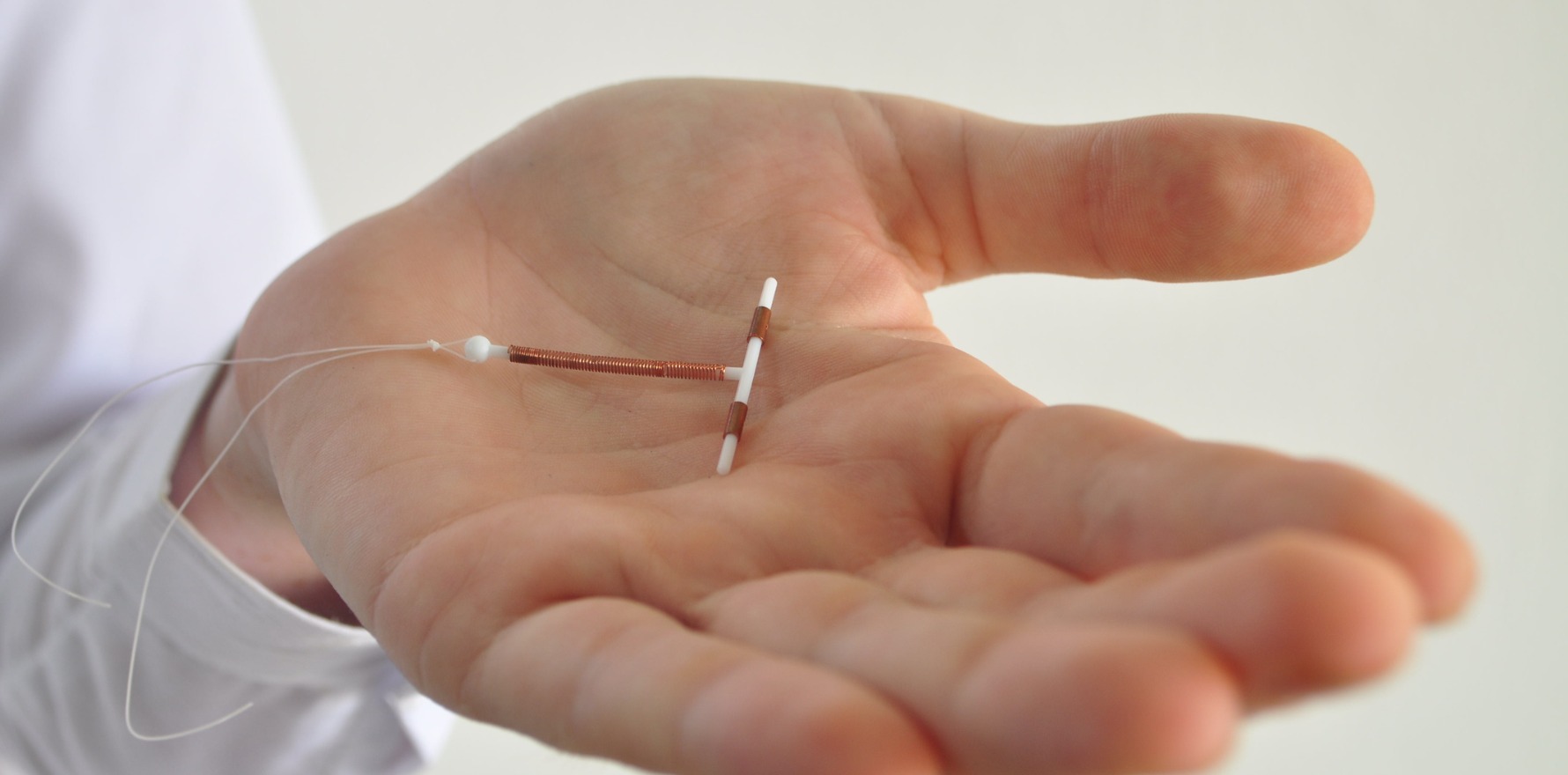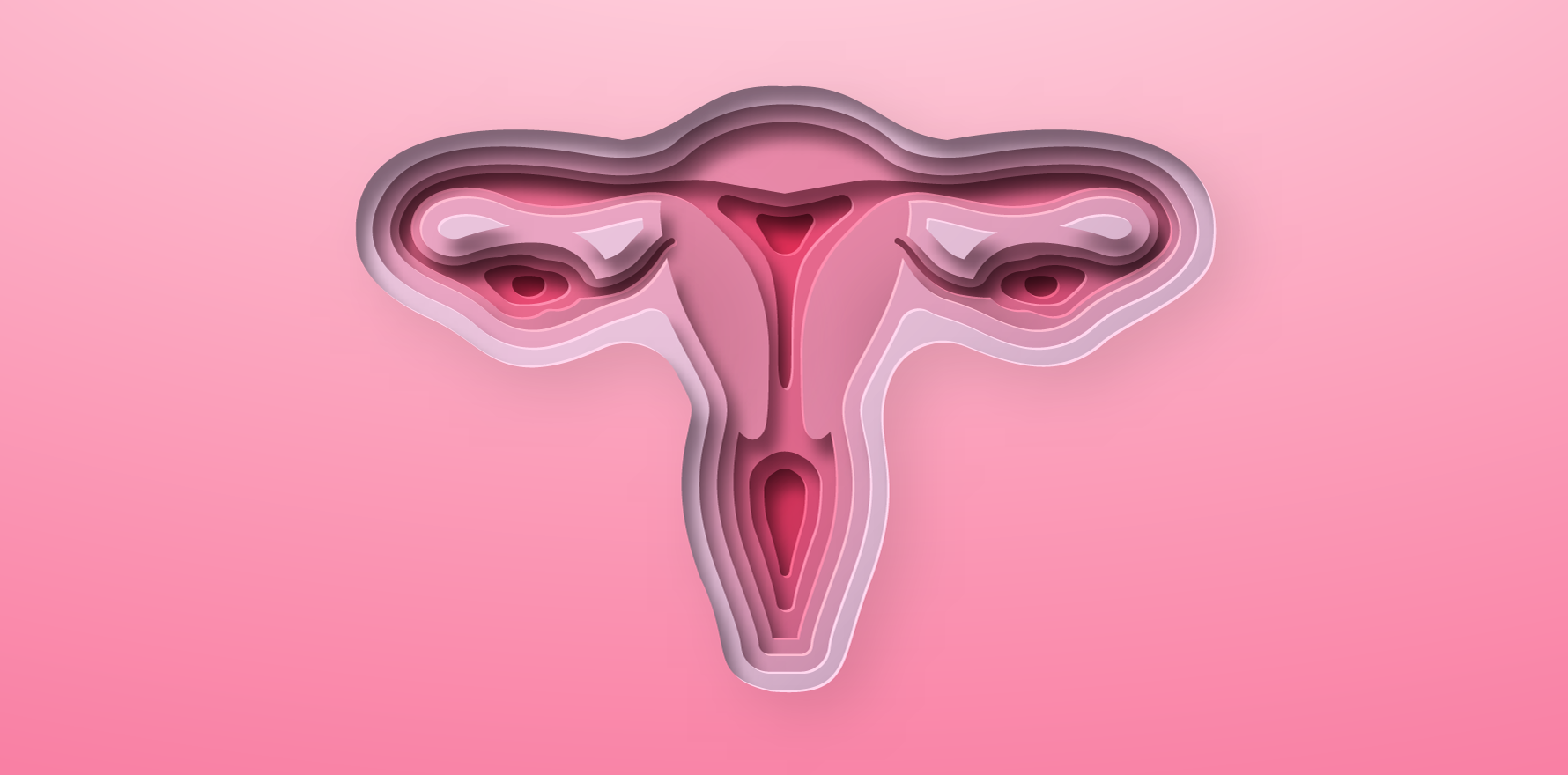Proponents of the federal government’s 22 pelvic pain clinics say they aim to reduce pressure on hospitals, not replace GPs.
Far from fragmenting primary care, a dedicated pelvic pain clinic has allowed rural and regional Tasmanian women to “build a community” of fellow chronic pain sufferers, according to Family Planning Tasmania.
Like urgent care centres, the funding model for the federal government’s pelvic pain and endometriosis clinic initiative involves channelling money to existing GP practices and primary healthcare businesses.
The island state is home to just one of the 22 federally funded clinics, but Family Planning Tasmania runs it out of three locations: Burnie and Launceston in the north and Glenorchy in the south.
Family Planning Tasmania CEO Lalla Mackenzie said she felt the clinic – to which women can self-refer – complements mainstream general practice while alleviating pressure on hospitals.
“Women who are suffering really chronic endometriosis and or persistent pelvic pain tend to find themselves in ED a lot of the time because they can’t get into clinics,” she told The Medical Republic.
“And particularly in Tassie … even for us trying to find new doctors and medical practitioners to come into the organisation [was a struggle].”
Previously, women – particularly those living on the northern end of the island – had to travel to Hobart to seek treatment for conditions like endometriosis.
“I think the beauty of [this clinic] … is knowing that not only is it within a reasonable distance to travel to, but it’s also building a community around people as well,” Ms Mackenzie said.
“We’re going to be hosting forums in each of the regions that we have our clinics … for like-minded people to get together and have those conversations.
“It’s a really big thing, particularly if you are based in regional Tasmania, to know others are going through [an illness] with you.”
Related
This social aspect is not typically a feature of mainstream general practice and has especially been lacking for patients in the Burnie and Launceston region.
“In Tassie, it’s mostly the south that gets funding and anyone that wants anything in the north usually has to travel to the southern end of the state,” Ms Mackenzie said.
“For anyone on the mainland, that’s not really a big deal. But when you have to drive for any more than three hours in Tasmania, [people get] ‘oh my Lady Gaga, where am I going!’”.
The federal funding for the pelvic pain clinic has allowed Family Planning Tasmania to invest in renovating its premises to add more consult rooms, as well as employ pelvic pain physiotherapists and upskill clinical staff in pelvic pain treatment.
AMA Tasmania vice president Dr Annette Barratt said that, while continuity of care is vital, the specialised resources of the pelvic pain clinics complemented general practice.
“One of the notable advantages of these clinics is the provision of longer appointments, allowing the doctor and other healthcare professionals to assess and address each patient’s needs thoroughly,” she told TMR.
“Further, bulk billing for young women, full-time students, and concession card holders ensures that financial constraints do not hinder access to essential healthcare services.”





